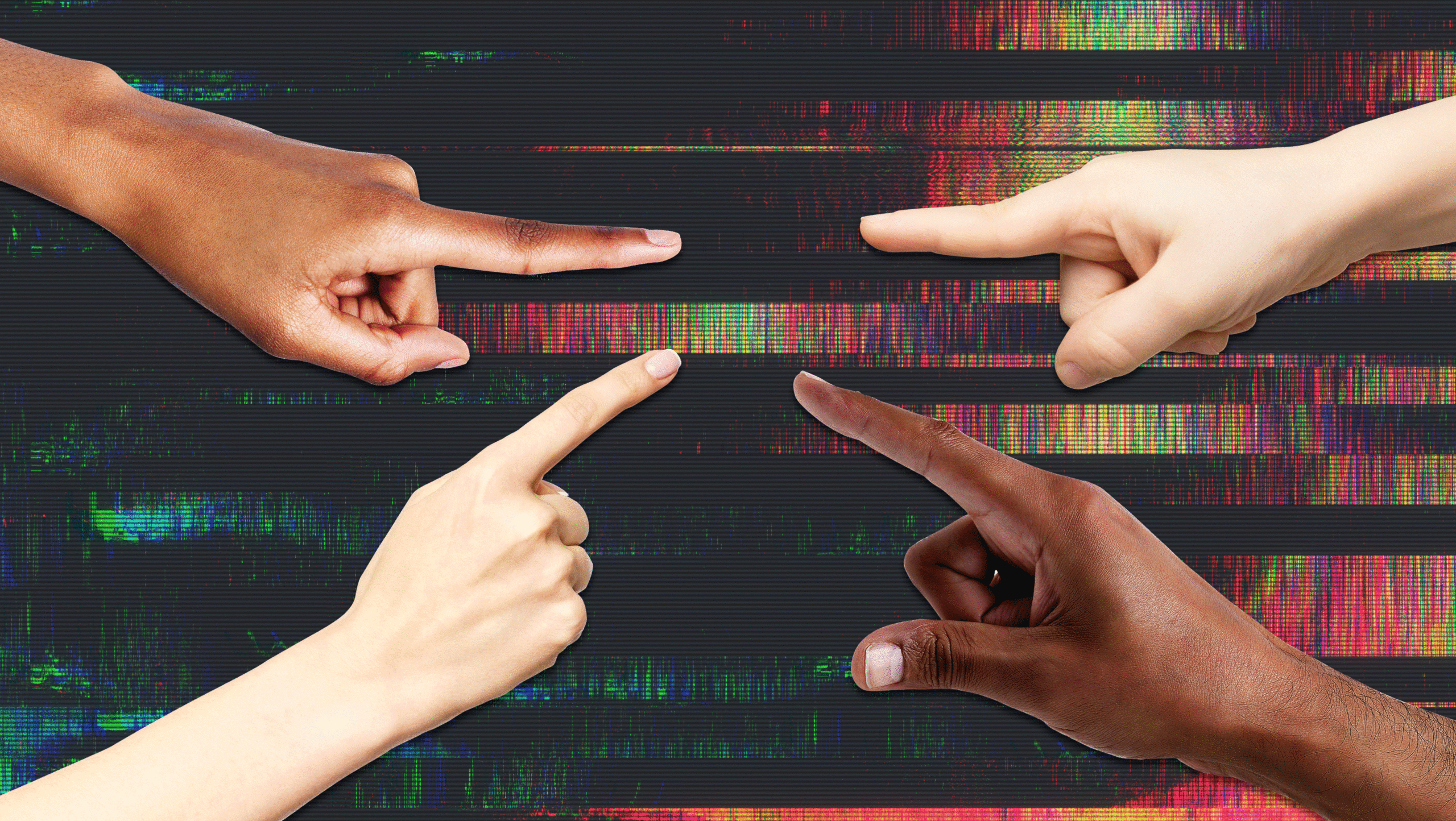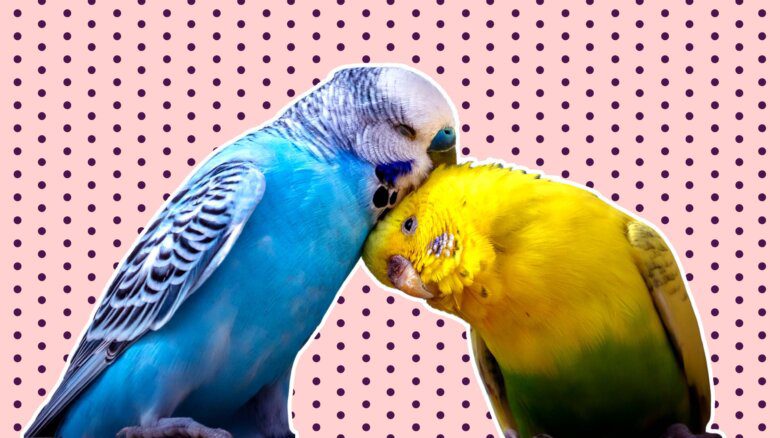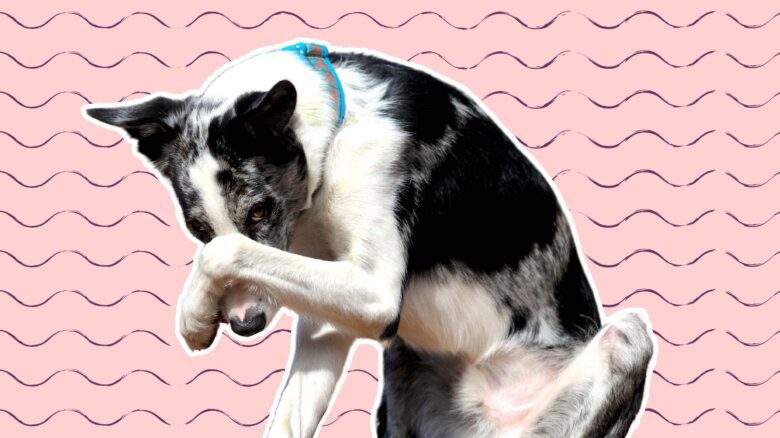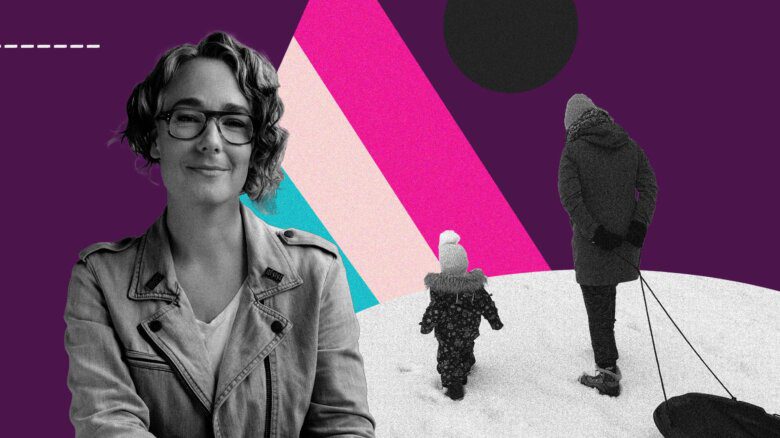“Confusing being mortal with being threatened can occur in any realm. The fact that something could go wrong does not mean that we are in danger. It means we are alive.” — Sarah Schulman, Conflict Is Not Abuse
When I first started to work as a therapist for queer and trans young people, rarely a week went by without one of my clients bringing in a new tale of explosive queer drama: someone had said something problematic at a social group and was now being hounded to the ends of the earth with demands for accountability. Someone was having a conflict with their roommate, which had escalated into a series of social media call-outs, which escalated into an all-out war between friend groups. Everybody was gaslighting everybody. Everybody was problematic. Nobody felt safe with anybody else.
As the “wise adult therapist” (in an absurd twist, I was often barely more than a year or two older than my clients) in the situation, it was my job to provide compassionate perspective on the whole thing. There is a list of life lessons that therapists are meant to teach here: namely, that conflict happens, but we can survive it. People are often disappointing, and we are allowed to set boundaries on relationships — but if our boundaries are too rigid, then we will always be disappointed. The fact that someone may not like or love us does not mean we are inherently unworthy of being loved. This is the wisdom that distinguishes the journey from adolescence to adulthood, youth to maturity.
Except it often felt to me that the queer adults in my own world didn’t seem to be doing much better with conflict, compassion and relationship-building. In fact, in some ways it felt like we were doing worse, because adults often have more power to directly affect someone’s life in a situation of conflict. For the past several years, social media has seemed like a revolving door of call-outs. Social shunning, rumour spreading and blacklisting (“cancelling”) people from community events and spaces for infractions that range all the way from politically problematic statements to physical abuse is common. And gaslighting is everybody’s favourite word, except when it is applied to their own behaviour.
All this to say — the community that I have spent my entire adult life working and living in sometimes feels even more dangerous and volatile than the mainstream, cis and heteronormative world that I spent my teen years trying to escape. After all, I can at least blame the cruelty of straight, cis society on homophobia and transphobia. But why are queers so mean to queers?
This is a question that has haunted me for the past decade, and has come increasingly to the forefront of my mind as I am trying to grow up — to leave behind the constant drama and trauma that characterized my adolescence. How can it be that a community built around the notion of free love, safety and chosen family so often ends up being cruel and unforgiving to its own?
It is a question that is becoming especially important in the larger sociopolitical arena as fascism and climate crisis loom over us, because if queer communities cannot find a way to come together in unity and solidarity, then we likely will not survive. And it is a question that queer and trans thinkers have been grappling with from various angles in recent years, as we see in Detroit activist adrienne maree brown’s book Emergent Strategy (2017) and New Yorker Sarah Schulman’s (in)famous Conflict is Not Abuse (2016), among others. Schulman approaches this topic from the perspective of an activist-academic, pointing out that queer community is rife with conflicts that are mischaracterized as abuse — which then leads to an increasing escalation of conflict that tends to end in shunning and social exile.
Brown does so from that of a community organizer and social visionary, pointing out that movement organizing for survival and transformative change cannot be sustained through a culture of critique and call-out alone. I believe that both are correct, but these important points still don’t explain why exactly queer communities are so prone to this kind of self-destructive social dynamic. I gave up my registration and practice as a therapist earlier this year, but I will always remain a therapy nerd at heart. When I ask myself why queer community is so hard on queers, what I see is the psychology and neurobiology of trauma.
Leading experts in the field of neurobiology, trauma treatment and somatics theorize that trauma — broadly defined as exposure to stress or life danger that overwhelms the body’s capacity to cope — has a profound impact on the development of the brain and nervous system. Repeated trauma, especially the trauma of violence, abuse and neglect, has a particular effect on the ways that human beings process and respond to social interactions: in short, if we are repeatedly exposed to danger through the behaviour of other humans, we come to see all humans as inherently dangerous, and all of our primal instincts are shaped around treating other humans as potential threats.
Let’s apply that theory to queers, now. Sociological research tells us that queer and trans people are disproportionately likely to experience abuse, sexual violence, homelessness and bullying in childhood and adolescence (and it continues into adulthood for many, Dan Savage’s “It Gets Better” project notwithstanding). Even those of us who somehow manage to escape outright abuse and neglect still grew up in a world where we needed to keep secrets — where, at any moment, we might come across someone who hated us or wished us harm because of who we are. Where our basic rights and dignity might be taken away at the whim of the next politician to take office. The result of all this exposure to trauma — to the very real threat of violence and ostracization from our family, friends and entire society — is that queers as a collective sustain serious trauma to our internal sense of ourselves and others.
In his widely-read 2014 opus, The Body Keeps the Score, psychiatrist and trauma expert Bessel van der Kolk writes that the memory of trauma is encoded in the body in the form of intense sensations and physical reactions such as chronic pain, numbness, labored breathing, nausea, movement impulse and infinite others. Psychologist and inventor of somatic experiencing trauma resolution Peter Levine teaches that these sensations can be categorized as belonging to ancient, primal survival mechanisms rooted in the nervous system: flight, fight and freeze. These primal strategies shape our emotions, our thoughts and our basic beliefs about ourselves and the world.
What happens to a community of people who have been raised with sensation of constant, looming danger, of being fundamentally wrong in the way we love and express ourselves? What impact might that collective trauma have upon our bodies and spirits?
Scholars of the brain are fond of saying “what fires together, wires together,” which refers to the brain’s tendency to form neural networks (pathways in the brain that form certain thought, feeling and behavioural responses) that become stronger and stronger every time they are used. Trauma theory holds that traumatized inviduals — and, I would hypothesis, queer and trans community as a whole — have well-worn neural networks shaped around the deeply held physical sensation that we are constantly in danger, that we are bad and unloveable, that others are untrustworthy and violent. Every time we are abused, discriminated against or neglected, those neural networks become stronger, while our neural networks associated with safety and loving relationships atrophy. We become physically less capable of imagining a world where being with others is not synonymous with being unsafe.
This, I believe, is why traumatized communities struggle so profoundly with loving one another. We have been hard-wired for suspicion and terror of betrayal, which in turn feeds into the logics of disposability and incarceration: we come to believe that making a mistake — any mistake, whether big or small — makes someone bad and dangerous. We believe that we need to punish people who are bad and dangerous, that some people are simply too bad and too dangerous to keep among us.
How ironic — how tragic — that this is exactly what heteronormative society used to believe (and in many places, still do) about us. I cannot help but think to myself that this indeed is the perfect method of keeping a community marginalized and disempowered: to cause us to loathe ourselves, and in so doing, to hate and fear each other.
This is the nature of relational trauma. It teaches us that there is something intrinsically wrong with us, that we are fundamentally incapable of receiving love rather than violence. As this belief becomes internalized in our bodies and minds, our ancient, powerful survival strategies come to the fore. We become exquisitely sensitive to threat, powerfully oriented to detect the faintest possibility of betrayal — and we are at our most sensitive when it comes to the people who are close to us, the people we love and whom we hope love us. We become primed to lash out and punish our close and loved ones when they disappoint us — because if we don’t then we might get punished first.
And this is why I believe queers can be so very mean to queers: it is precisely because we want so badly to love and be loved by one another. Our trauma teaches us to experience this longing for love as at once irresistible and explosive. Caught in the terror of this awful double-bind, our bodies’ ancient survival strategies — fight, flight, freeze — take over to defend us.
The tricky thing about the body’s trauma survival strategies is that they were developed over the course of millions of years of evolution. They are meant for pure, animalistic survival, and are not capable of distinguishing social or moral nuances in the behaviour of others (that is what the prefrontal cortex, the more recently developed front part of the brain, is for).
This is why traumatized individuals and communities have been documented in psychological literature to be more prone to black-and-white thinking, a pattern of thought that separates people into “all good” or “all bad.” This is a powerful defence mechanism when it comes to contexts where we need to make quick, assertive decisions about who is good or bad, friend or foe. It is much less effective when it comes to resolving conflicts or repairing relationships, which are of course fraught with ambiguity, complexity and imperfection.
In the crucible of queer community, under the constant pressure of systemic oppression and violence, our fight-flight-freeze instincts are on overdrive. We perceive danger everywhere, because it is everywhere; and to compensate, we demand uniformity and perfect cohesion from our fellow community members. Deviations and dissent are perceived as threats to our collective body — this is why we are flooded with adrenaline and cortisol (stress hormone) when someone says that problematic thing in the political workshop or when we see our friend post a “bad take” on Twitter. Our threat management systems come online, categorize problematic behaviour as a threat — and frequently go on the offensive to neutralize the perceived danger.
Small perceived betrayals are, to our animal bodies, indistinguishable from all the many betrayals and abuses of the past. Our friends and loved ones who disappoint us become untrustworthy in our eyes, dangerous; we regress mentally to those moments in childhood when we were made to feel helpless and unworthy of love. Here it is again. Yet another example of how no one can be trusted. How could we not be enraged? How could we not lash out, demand punishment and shunning, try to get rid of the ones who have hurt us? We learned our lessons well when we were young. Punishment is the only way to make people learn. When someone has been too bad, then we have to get rid of them in order to be safe.
Our trauma thinking is not bad or evil. On the contrary, it is very good — it has allowed us to survive the unthinkable. My point here is not that we need to get rid of our trauma survival strategies, or to doubt our own bodies, but that perhaps we might need to stop thinking of our trauma as individual and see it as collective. So that we are not suffering alone in our trauma, a community comprised of “one-against-the-world” thinking, but rather community based on “healing together.”
More and more, social justice-oriented leaders and healers are turning to somatics as a source of wisdom and strategy. Somatics is a school of thought and practice that centres the body, its animal wisdom and primal knowledge, as the root of human potential. One specific branch of somatics is generative somatics, a west-coast based movement of politicized healers who believe that “social and cultural practices become ‘shapes’ or embodied worldviews, habits, ways of relating, automatic actions and non-action.”
When I envision the “shape” of queer community, I imagine a circle of people sitting next to each other, each one curled into a tight ball, with their heads on their knees. They are beside one another, but they are not together. We are afraid to touch one another. We defend our boundaries by lashing out and punishing the people who have crossed them, when sometimes what we truly want to ask them is to bring them closer, to ask them to respect and love us more skillfully and compassionately.
Change begins with the belief that change is possible, when we invite our bodies to entertain the possibility that connection is possible. We are capable of creating a culture that is committed to healing on a cellular level, that encourages us to experiment with reaching out, making contact both physically and emotionally. Loving contact releases oxytocin and other hormones that relax our bodies and prime our brains for relational thinking, awakening our imaginations and allowing us to envision new and better ways of dealing with conflict. What fires together wires together. Loving contact breeds loving contact. Mercy and forgiveness breed mercy and forgiveness.
In practical terms, this might mean stopping and taking a breath, taking time to hold ourselves in the rush of emotions that surge up when we see someone making ignorant or nasty comments online. We might pause and reach out for the support of elders and peers when conflicts rise up (as they inevitably do) with our friends and chosen family. We might spend that time attending to our wounded animal selves, remembering that we are whole and good and loveable. From that place of groundedness, we become more able to connect, to repair, to de-escalate.
De-escalation means proceeding from inner security and general good faith — not the naïve good faith that everyone is innocent and trustworthy, but that everyone has the potential to be. De-escalation means running through the other options before engaging in full “fight” mode (though we keep “fight” mode nearby, in case we really do need it). This might look like simply taking space from a relationship that feels like it’s becoming toxic rather than spreading rumors about the other person, speaking from a place of humility rather than angry righteousness when addressing someone’s problematic behaviour, or acknowledging one’s own ego and capacity for making mistakes when processing a conflict.
We are capable of going deep, deep into our collective body and our collective soul. To breathe new life into each being, to extend love to even our most feared and exiled parts. Can you love your own capacity to do harm and be wrong? Can I love mine? Are we able to separate setting boundaries on harmful and abusive behaviour — which is always our right and a necessary step — from punishment and revenge?
This is not to say that we should allow people to “get away with” harmful behaviour or force survivors to stay in relationships with abusers. Boundaries are a necessary part of love — setting boundaries is the way that we create the space to love ourselves and others at the same time. There is a difference between setting a boundary and containing harmful actions, even ones as harmful as abuse and violence, and punishing someone for the sake of vengeance. There is a difference between ending a relationship with an abusive person and demanding that the abusive person should be “disappeared” from society.
In my first somatics course, the teacher spoke to us about co-regulation: the ability of our bodies’ nervous systems to gradually become attuned to one another. She likened this to a group of fireflies coming together in the night: their flashing bioluminescence starts off random and asynchronous, but the more time they spend together, the more their flashes coalesce around a shared rhythm.
This is us: we are each so powerful, so brilliant, so capable of individual, fierce resilience. We are also capable of harmony, of coming together to form a single bright light. We have the ability to love one another, deeply and securely. And we are capable of imagining a world, of bringing a world into being, where we do not have to kill each other to survive.


 Why you can trust Xtra
Why you can trust Xtra


